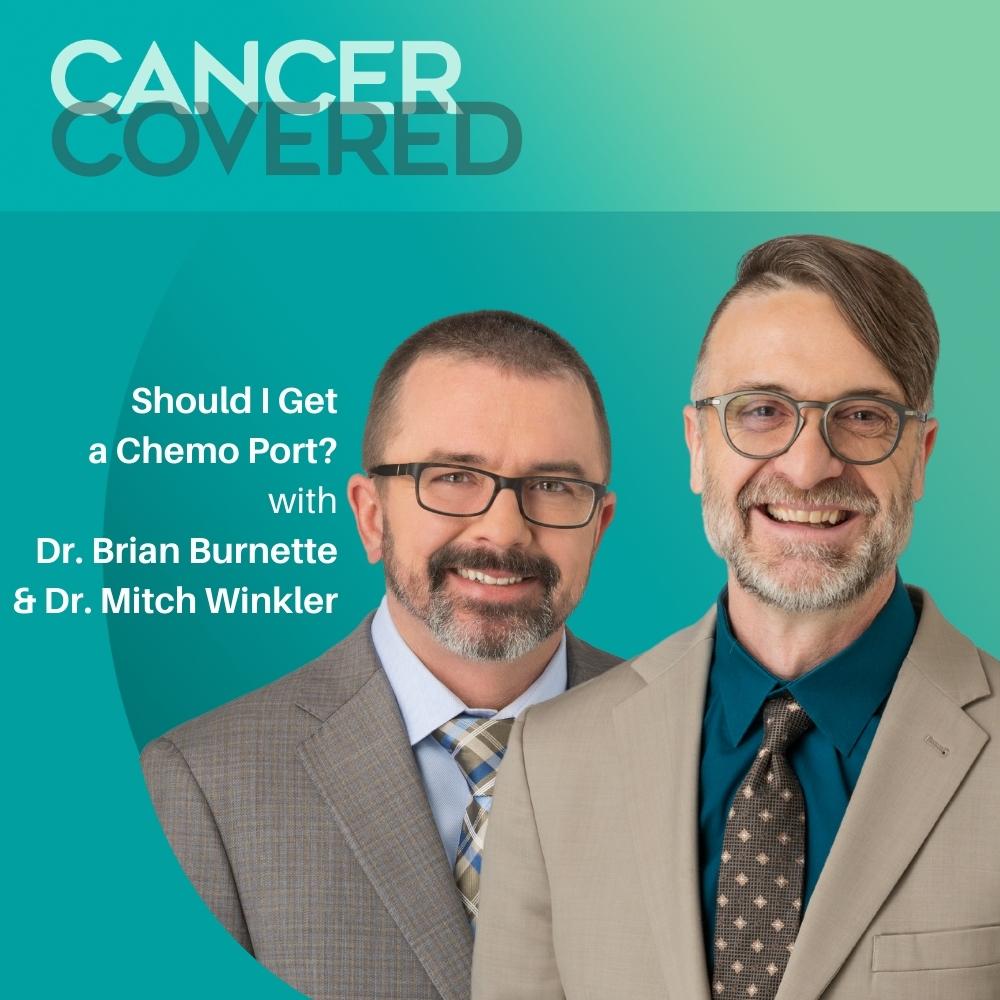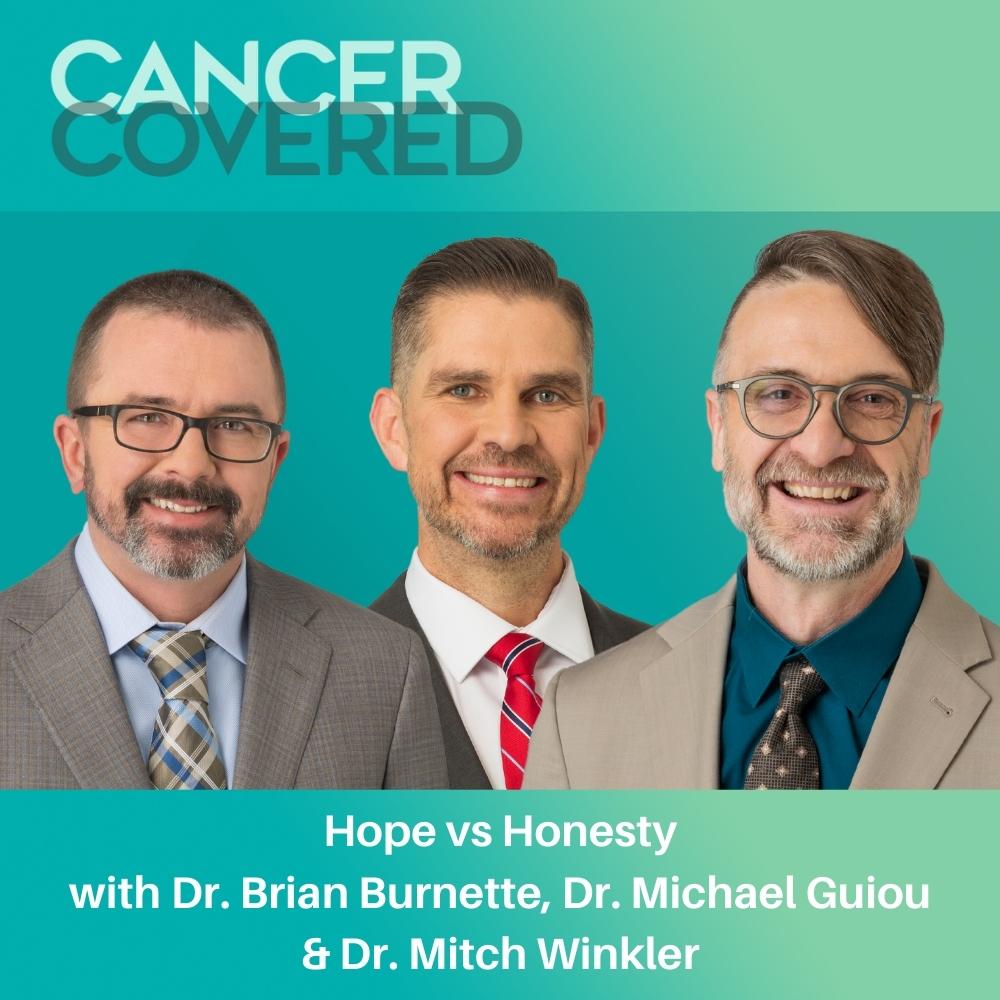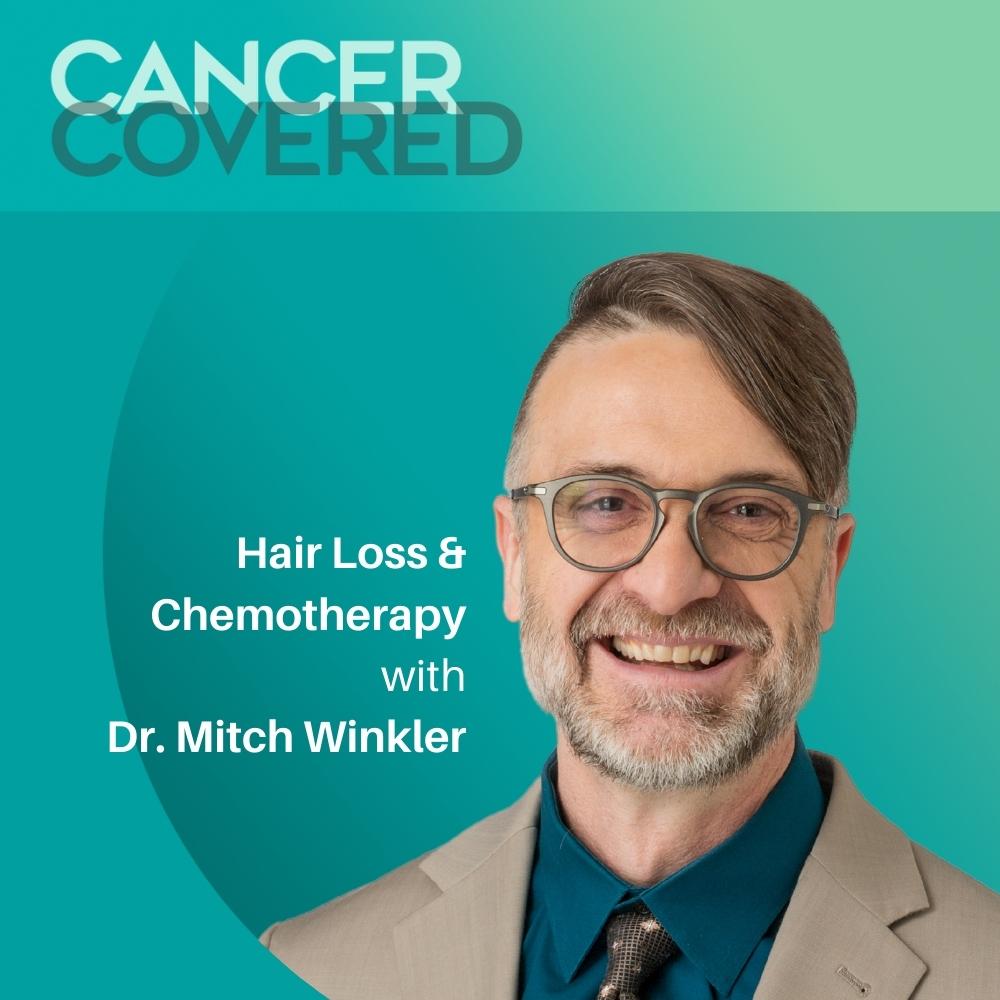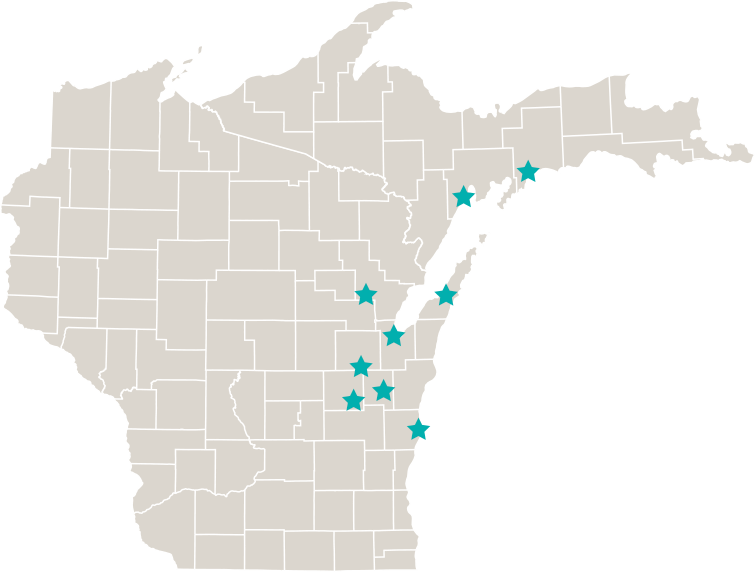Does insurance cover hospice care?
In the United States, all patients covered by Medicare receive complete coverage for all hospice services provided in the home. Many non-Medicare insurances also provide generous coverage for hospice services, though you should check with your insurer or hospice provider if you’re not on Medicare.
Can I be on hospice while I’m receiving cancer treatment?
Usually not. In most cases, hospice care can only begin when active cancer treatment ends. There are exceptions, the most notable being pediatric cancer. Some agencies are piloting concurrent cancer treatment/hospice care for certain specific cancer situations. But these are rare exceptions and may not be available.
Will I die sooner if I go on hospice?
It’s actually the other way around – multiple studies have clearly shown that early hospice enrollment helps patients live longer and better than those who waited.
Who pays for hospice?
Hospice services provided in the home are completely covered by Medicare.
Who can see my medical information? (HIPAA)
Medical providers directly involved in a patient’s care has access patient specific medial information. The only other people who are able to view a patient’s medical information are those that are expressly granted that permission in writing by the patient.
What types of advance directives are there?
The most basic advanced directive that everyone over age eighteen needs is a Healthcare Power of Attorney. This legally designates who you want to make medical decisions on your behalf if you become unable to do so. Despite the name, you don’t actually need an attorney to complete one. Without a Healthcare Power of Attorney, if you become incapacitated some states require you to go through a long, expensive legal guardianship procedure before any medical decisions can be made on your behalf – even if you’re married or have a loving family. The next most common type of advanced directive is a Do Not Resuscitate order, which simply states that in the event of cardiac or respiratory arrest you wish no effort be made to revive you. Other forms of advanced directives provide general guidance about the kinds of care or interventions you would (or wouldn’t) want, and under which circumstances. These can be as simple as a set of instructions you write up yourself, or as complicated as a long document you develop with the assistance of an attorney. One easy-to-use and inexpensive form is the Five Wishes document, which walks you through a series of simple questions that clarify your healthcare wishes in certain circumstances. The Five Wishes document is available online for a small fee. You can also have your healthcare wishes formalized as binding medical orders that take effect when the stated circumstances occur (e.g. if I suffer a massive stroke and go into multi-organ failure I do not want to receive dialysis). These conditional orders can be created by you and your physician and are called Physician Orders for Life-Sustaining Treatment (POLST).
Are hospice and palliative care the same thing?
Any kind of medical care given with the goal of improving things for a patient with an incurable problem is a form of palliative care. A great deal of cancer treatment, even some forms of cancer chemotherapy, can be palliative care. All forms of pain medication are palliative care. Even counseling for anxiety can be a form of palliative care. But hospice care is a specific form of palliative care provided to patients with incurable illness when death is expected within six months or so.
Should I Get a Chemo Port?

On today’s episode, we dive into the topic of chemotherapy ports. We discuss what they are, how they work, and why and when they’re used and not used in cancer treatment. Exploring the benefits and potential risks associated with ports and the issues surrounding when they should be removed after treatment, it’s an informative and insightful conversation that sheds light on this often inquired-about important aspect of cancer care.
Hope vs Honesty

In this episode, I had the pleasure of speaking with Dr. Brian Burnette and Dr. Michael Guiou about the importance of having transparent and honest discussions with cancer patients about their prognosis and treatment options. We discussed how many doctors struggle to answer the question of how long a patient with Stage IV cancer will live and the negative impact this can have on patients.
Hair Loss & Chemotherapy

Mitch and Kyla delve into hair loss during cancer treatment in today’s episode. We explore why certain therapies cause hair loss and discuss the emotional impact it can have on patients. We also touch on the treatments more likely to cause hair loss, such as anthracyclines and taxane drugs.
